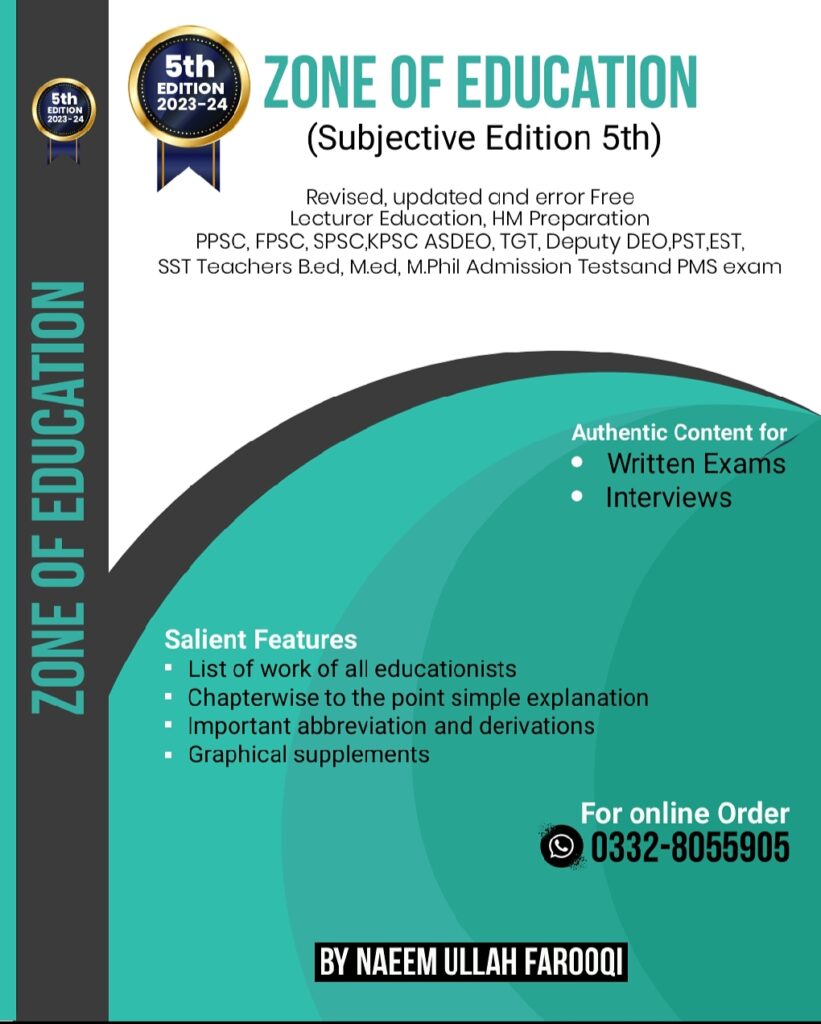Educational Research.
What does a view of related research and literature not do?
(a) Provide the researcher with sufficient useful knowledge.
(b) Help the researcher in identifying needed problems of research.
(c) Make the researcher competent and perfect in doing research.
(d) Make the researcher aware of the pitfalls that plagued his predecessors.
Answer: (c) Make the researcher competent and perfect in doing research.
10. Why is it essential to convert the research hypothesis into a null hypothesis?
(a) Because it does not express the relationship existing between the dependent and the independent variable.
(b) It is not a scientific statement.
(c) It cannot be tested statistically.
(d) It is a very general statement and does not indicate the specified direction of research.
11. What is the name of the theory that emphasizes after-fact explanation, i.e., collecting and observing facts first, and theorizing from a careful consideration of these facts?
(a) Functional Hypothetic Deductive Theory.
(b) Hypothetic Deductive Theory.
(c) Inductive Theory.
(d) The Model.
Answer: (c) Inductive Theory.
12. Analysis of a research problem does not include:
(a) Identifying a problem.
(b) Selecting and accumulating facts that might be related to the problem.
(c) Proposing various explanations (hypotheses) and selecting the most relevant and significant ones for testing.
(d) Defining operationally the variables that may be involved in the hypothesis.
13. In evaluating the significance of the research problem, an important social consideration is:
(a) The genuine interest of the researcher in the problem.
(b) Practical value of the findings to educationists, parents, and social workers, etc.
(c) Necessary skills, abilities, and background knowledge of the researcher.
(d) Possibility of obtaining reliable and valid data by the researchers.
Answer: (b) Practical value of the findings to educationists, parents, and social workers, etc.
14. A hypothesis in educational research need not be:
(a) Compatible with well-attested theories and models.
(b) Logically consistent and pertinent to the question under consideration.
(c) Capable of establishing generalizations that can be applied in many areas of education or other fields.
(d) None of these.
Answer: (c) Capable of establishing generalizations that can be applied in many areas of education or other fields.
15. Thinking analogously about hypothesis, a researcher should:
(a) First bet and then roll the dice.
(b) First roll the dice and then bet.
(c) Change his bet after the data are in.
(d) Have no bets, but dice only.
.
16. If the population on which a study is based is such that all its units can be reached, it is termed as:
(a) Target population.
(b) Accessible population.
(c) Homogeneous population.
(d) Heterogeneous population.
Answer: (b) Accessible population.
17. Sampling frame means:
(a) Identification of target and accessible population.
(b) Defining sample unit and selecting units.
(c) Preparing a complete list of the units of a finite population for drawing a sample.
(d) Fixing the sample size and drawing a sample.
Answer: (c) Preparing a complete list of the units of a finite population for drawing a sample.
18. Which of the following cannot be considered a quality of a good hypothesis:
(a) Clarity.
(b) Modifiability.
(c) Plausibility.
(d) Verifiability.
Answer: (b) Modifiability.
19. What is the name of an unknown variable that correlates with the independent variable and explains the outcome of the experiment in the same way as the specified independent variable does?
(a) A controlled variable.
(b) An extraneous variable.
(c) A confounded variable.
(d) An implicit variable.
Answer: (c) A confounded variable.
COLLECTION OF DATA
2. Which of the following is NOT true about the validity of the questionnaire?1
(a) It is the validity of the items rather than that of the total instrument which should be considered important.
(b) The questionnaire must have a unit and validity of the total instrument which should be considered important.
(c) The validation of a questionnaire utilizes the same principles and procedures as the validation of any other instrument.
(d) The question of validity does not arise in case of the questionnaire.
Answer: (d) The question of validity does not arise in case of the questionnaire.
3. Which of the following methods should be used for establishing the reliability of the questionnaire?2
(a) Test-retest method
(b) Split-half method
(c) Parallel form method
(d) Rational equivalent method
Answer: (a) Test-retest method
6. Observing the behaviors, customs, and ways of living of the group by way of becoming a regular member of the group is known as:
(a) Direct observation
(b) Participant observation
(c) Non-participant observation
(d) Natural observation
Answer: (b) Participant observation
7. Which of the following is an inadvisable way of recording observations:
(a) Taking notes
(b) Use of shorthand writing
(c) Use of checklists
(d) Use of cameras, sound tapes, and other mechanical means
8. Identifying a factor to be measured by placing units or categories on a scale to differentiate varying degrees of that factor and describing these units in some manner is known as:7
(a) A checklist
(b) A schedule
(c) A test
(d) A rating scale
Answer: (d) A rating scale
9. Which is a projective test:
(a) Edwards Personal Preference Schedule (EPPS)
(b) Allport Vernon-Lindzey Study of Values
(c) Rorschach Test
(d) Minnesota Multiphasic Personality Inventory (MMPI)
Answer: (c) Rorschach Test
10. A projective test or technique is a method of collecting data about an individual’s personality which:
(a) Uses a short structured interview schedule
(b) Uses direct observations of an individual’s behavior
(c) Uses unstructured stimulus situations such as inkblots, photographs, etc., to elicit reactions
(d) Uses on-the-spot participant observations for measuring an individual’s personality qualities
Answer: (c) Uses unstructured stimulus situations such as inkblots, photographs, etc., to elicit reactions
![]()
11. What is the meaning of Data?
(a) Facts
(b) Truths
(c) Observations
(d) Marks obtained
12. What are the types of data according to nature?
(a) Qualitative
(b) Quantitative
(c) Both
(d) Neither
Answer: (c) Both
13. What are the kinds of variables?
(a) Continuous
(b) Discrete
(c) Both
(d) Neither
Answer: (c) Both
14. On what basis are data classified?
(a) Clarity
(b) Stability
(c) Flexibility
(d) All of these
Answer: (d) All of these
15.What is the meaning of population in Educational Research?
(a) Male, Female, Children
(b) Observation of all the units
(c) Elites
(d) All these
17. What is the advantage of selecting a sample?
(a) Economy of time
(b) Economy of money
(c) Knowledge of more truth
(d) All these
Answer: (d) All these
19. What are the characteristics of a good sample?
(a) Clarity
(b) Stability
(c) Flexibility
(d) All these
Answer: (d) All these
20.What are the main methods of selecting samples?
(a) Systematic sample
(b) Stratified sample
(c) Multiple sample
(d) All these
Answer: (d) All these
JOIN ZONE OF EDUCATIONPK!
Discover the most comprehensive and reliable pedagogy resources in Pakistan, curated for competitive exam success. Our content covers all competitive exam MCQs, including PPSC, FPSC, AJKPSC, SPSC, and more. Designed to empower learners with top-notch material and insights, trust us for your preparation journey!


